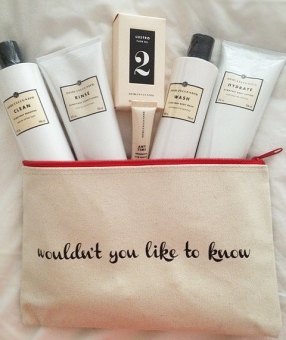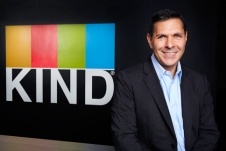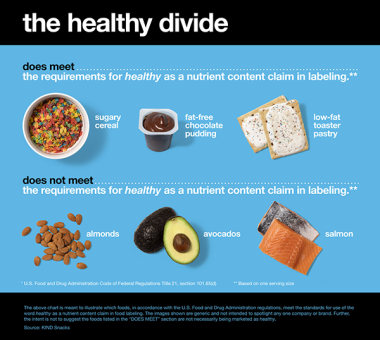This post first appeared on the AIMIA Institute blog.
Back in 2005, I discovered Rhapsody, a first-of-a-kind subscription-based music streaming service, and my jaw dropped. What? For the same money I spent buying just one album every month, I can listen to every new album that came out that month, as well as a catalog of almost every album ever released.
So, for the past decade, I have easily perused music of all kinds, checking out knowns and unknowns.
Right now, for example, I am taking a quick listen to some of the latest album releases, from Tame Impala’s Currents — I appreciate that the song craft is not predictable, but it is too produced for me — to Future’s DS2 — good grooves, but I am turned off by misogynistic lyrics — to Wilco’s Star Wars — a favorite band of mine and a nice new album.
With the launch of Apple Music in July, this kind of offering fully hit the mainstream, but the evolution of streaming music to this point provides a fascinating look at the psychology of consumers, brand building, and how this business model is affecting music industry.
I am Not Buying It
I am a big fan of music and established many friendships, both offline and online, through this shared passion. Once I discovered Rhapsody in 2005, I was thrilled to spread the word to all of these friends. To my surprise, however, they did not buy into my excitement.
“So, do you own the albums?” my friends would ask.
“Well, no,” I would reply. “But as long as you pay your monthly fee, you continue to have access to everything, and there is rarely an album I can’t find on Rhapsody.”
Their typical response: “Hmmm. Sounds interesting, but I am not sure I need it.”
Mind you, this was coming from people that likely spent over $100 a year purchasing music, whether CDs or mp3s. There was psychological resistance to paying for access to an album without getting ownership. People were comfortable relinquishing ownership for other types of long-form media, whether borrowing books from a library or renting movies from Blockbuster, but they could not buy into this idea for music.
Unlike most books and movies, songs and albums are listened to over and over again, so the value of ownership is driven by both emotional and functional benefits. I believe people also were skeptical that a service like Rhapsody would even last. So, they preferred the idea of buying one new album each month that they could listen to forever (if they liked it), rather than paying each month for unlimited access to millions of albums because of the perceived potential of losing that access at any time.
In 2006, though, one brand changed the model for streaming music, Pandora. Because it mimicked the radio model, Pandora fit an existing expectation of “temporary” music access. Pandora took the radio listening experience to a new level with personalization. Once you picked a single song, album, or artist, Pandora produced a stream of music matching that style. Like radio, all you had to do was suffer through a few ads.
Pandora is not designed for users to select and immediately listen to any particular song or album, but without any fee (and no DJ chatter), people were happy to have a cool, new passive listening experience using the web.
Brand Building Changes the Game
Is it better to be a first mover or a fast follower? The streaming music model offers an interesting case study on this oft-debated question.
 Rhapsody was developed and launched independently in 2001, but it was acquired in 2003 by RealNetworks, a pioneer in developing the capability to steam audio and video content over the internet. Despite creating an innovative model for listening to music, with licenses from all the major record labels, Rhapsody could not escape the shadow of iTunes, which launched that same year.
Rhapsody was developed and launched independently in 2001, but it was acquired in 2003 by RealNetworks, a pioneer in developing the capability to steam audio and video content over the internet. Despite creating an innovative model for listening to music, with licenses from all the major record labels, Rhapsody could not escape the shadow of iTunes, which launched that same year.
By October 2003, Apple’s iTunes, originally developed for the iPod, was also compatible with the Windows operating system and everyone with a computer could own digital music with a few clicks. By combining an easy way to purchase music “by the drink” through iTunes with the iPod, the portable music device of choice, Apple usurped any earned attention that might have come to Rhapsody, even though Rhapsody offered users the ability to purchase and own most of its licensed songs and albums, as well its subscription model. Without an investment in marketing and PR dollars to truly compete with iTunes, Rhapsody continued to trudge along in relative obscurity, gradually growing a small user base.
 Other entrepreneurs were spurred by the possibilities of streaming music. Spotify, launched in Sweden in October 2008, smartly combined the ad-based and subscription models. This allowed it to grow large numbers of casual users who were willing to submit to ads and some service limitations, while also gaining more dedicated music fans willing to pay for full capabilities and no ads.
Other entrepreneurs were spurred by the possibilities of streaming music. Spotify, launched in Sweden in October 2008, smartly combined the ad-based and subscription models. This allowed it to grow large numbers of casual users who were willing to submit to ads and some service limitations, while also gaining more dedicated music fans willing to pay for full capabilities and no ads.
By 2011, Spotify was available throughout most of Europe and the United States. It not only surpassed Rhapsody in its number of subscription users, but also boasted another three to four times as many registered users who picked a free option.
Rhapsody was run by an older Web 1.0 team, who had likely become risk averse after the dotcom bubble burst. Rhapsody management focused on a stable, buyer-only business model with modest growth expectations. Spotify was developed by experienced entrepreneurs whose business model and growth plan were driven by VC funding and the goal of a high valuation based on rapid user growth and buzz. The Spotify team employed Web 2.0 principles: a freemium model, active social media integration, an open programming interface (API), and a budget for marketing, PR, and advertising.
Rhapsody was a first-mover, but it did not do much to build a brand, while Spotify—although it came later—proudly waved its flag as a disruptive agent that would transform the way music was consumed. That message got the tech startup community and its growing user base to spread the word along with Spotify. Today, Rhapsody has around 2.5 million paid users while Spotify has around 20 million paid subscribers and an additional 55 million active users of its ad-supported service.
Score one for the fast follower.
And in part two of this two-part series, I will discuss whether or not all of this will last.
BY MATTHEW QUINT


 In an interview with the
In an interview with the 



